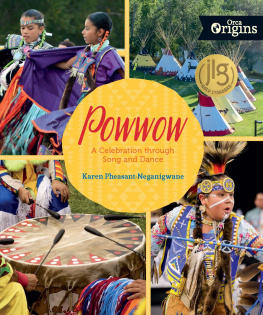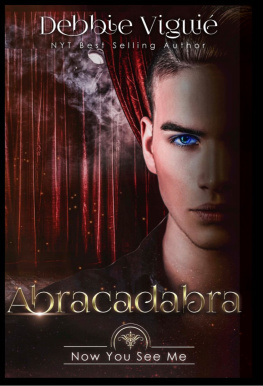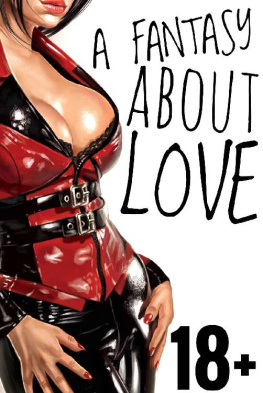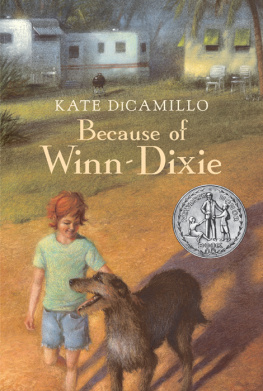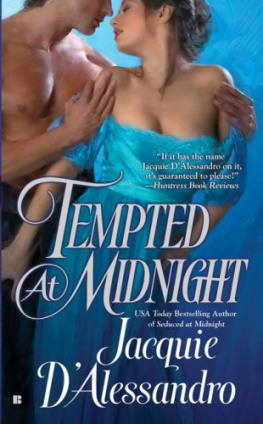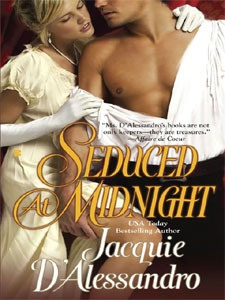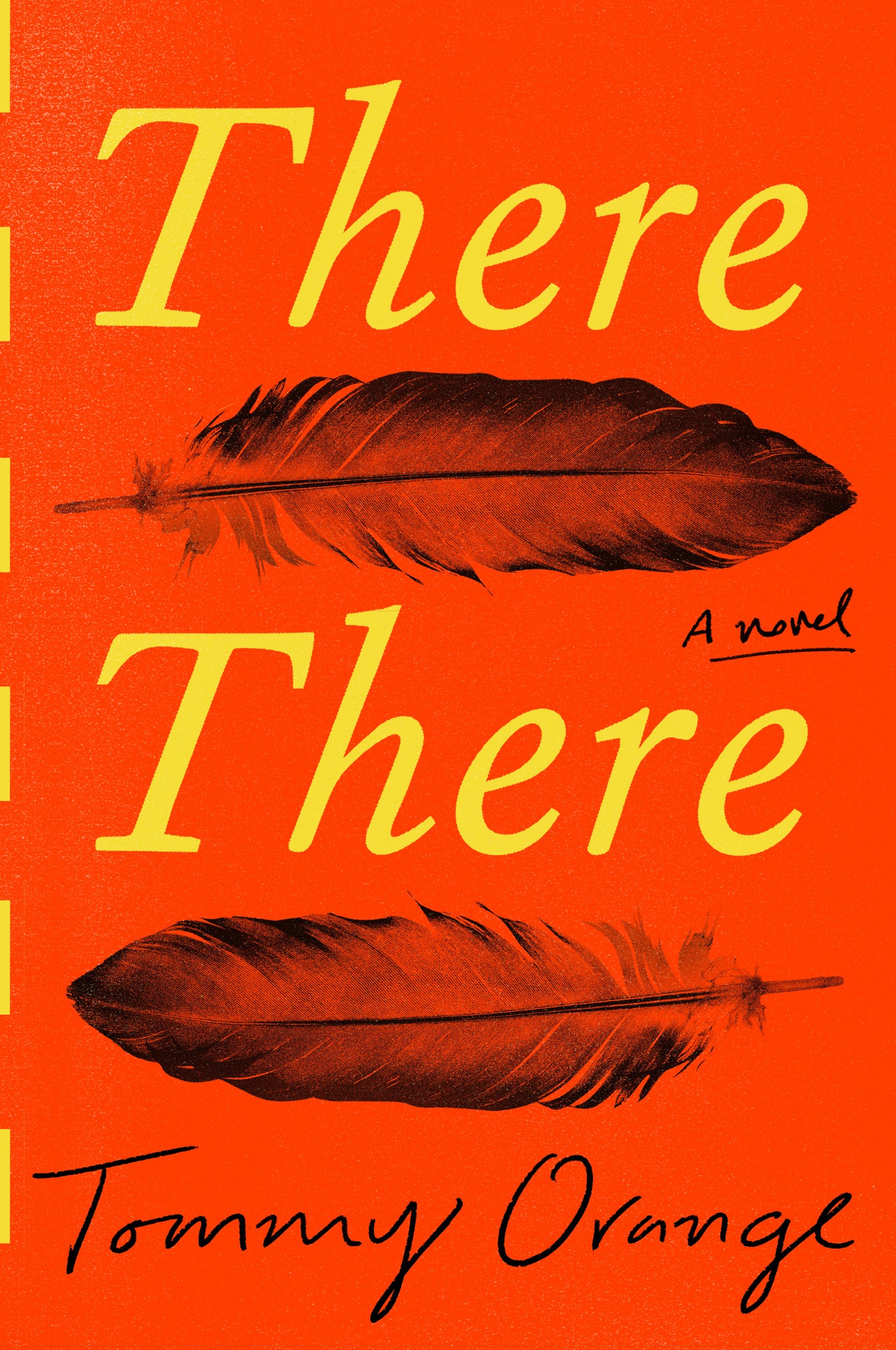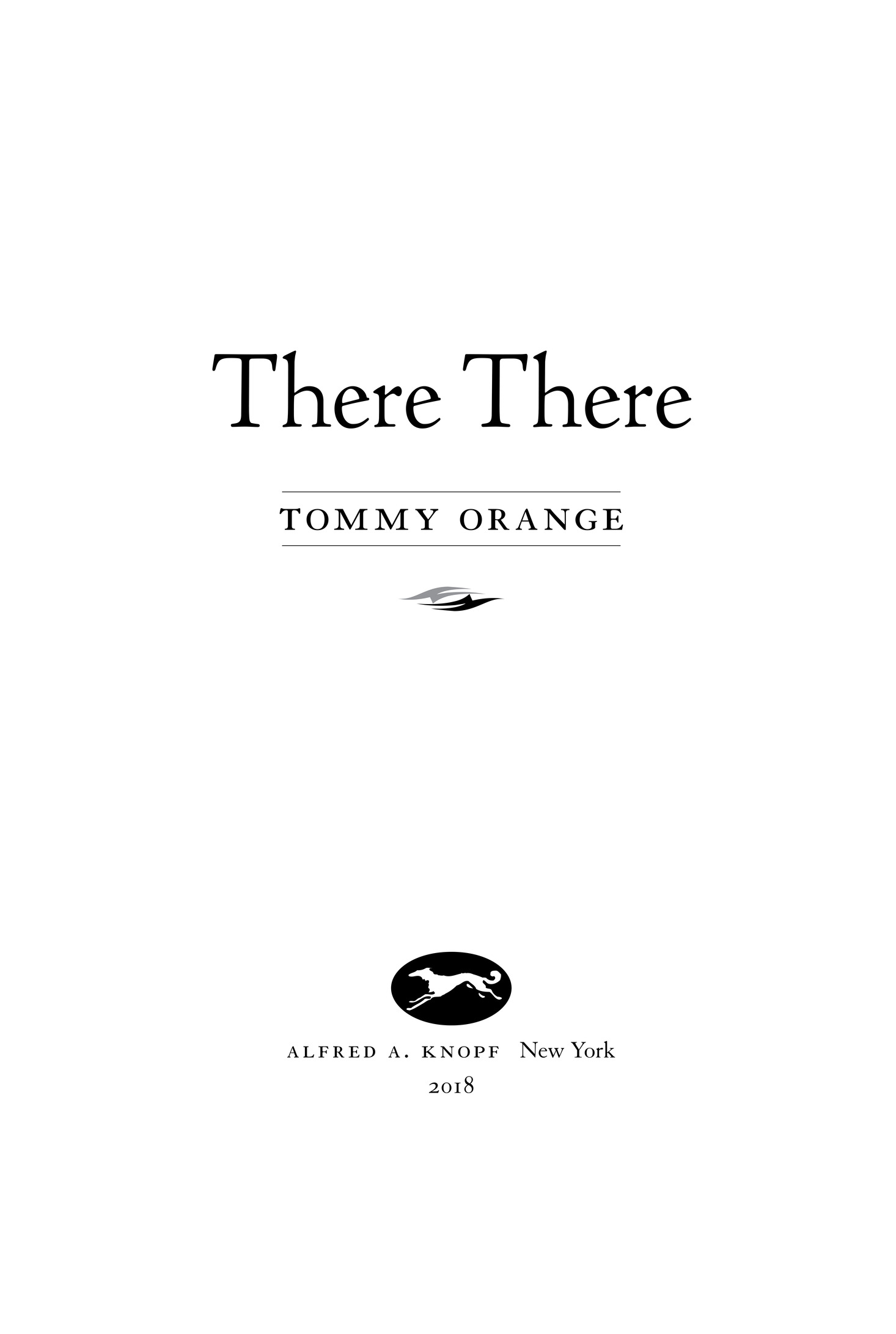Yes, there will also be singing.
About the dark times.
Indian Head
There was an Indian head, the head of an Indian, the drawing of the head of a headdressed, long-haired Indian depicted, drawn by an unknown artist in 1939, broadcast until the late 1970s to American TVs everywhere after all the shows ran out. Its called the Indian Head test pattern. If you left the TV on, youd hear a tone at 440 hertzthe tone used to tune instrumentsand youd see that Indian, surrounded by circles that looked like sights through riflescopes. There was what looked like a bulls-eye in the middle of the screen, with numbers like coordinates. The Indians head was just above the bulls-eye, like all youd need to do was nod up in agreement to set the sights on the target. This was just a test.
In 1621, colonists invited Massasoit, the chief of the Wampanoags, to a feast after a recent land deal. Massasoit came with ninety of his men. That meal is why we still eat a meal together in November. Celebrate it as a nation. But that one wasnt a thanksgiving meal. It was a land-deal meal. Two years later there was another, similar meal meant to symbolize eternal friendship. Two hundred Indians dropped dead that night from an unknown poison.
By the time Massasoits son Metacomet became chief, there were no Indian-Pilgrim meals being eaten together. Metacomet, also known as King Philip, was forced to sign a peace treaty to give up all Indian guns. Three of his men were hanged. His brother Wamsutta was, lets say, very likely poisoned after being summoned and seized by the Plymouth court. All of which lead to the first official Indian war. The first war with Indians. King Philips War. Three years later the war was over and Metacomet was on the run. He was caught by Benjamin Church, the captain of the very first American Rangers, and an Indian by the name of John Alderman. Metacomet was beheaded and dismembered. Quartered. They tied his four body sections to nearby trees for the birds to pluck. Alderman was given Metacomets hand, which he kept in a jar of rum and for years took around with himcharged people to see it. Metacomets head was sold to Plymouth Colony for thirty shillingsthe going rate for an Indian head at the time. The head was put on a spike, carried through the streets of Plymouth, then displayed at Plymouth Fort for the next twenty-five years.
In 1637, anywhere from four to seven hundred Pequot gathered for their annual Green Corn Dance. Colonists surrounded their village, set it on fire, and shot any Pequot who tried to escape. The next day the Massachusetts Bay Colony had a feast in celebration, and the governor declared it a day of thanksgiving. Thanksgivings like these happened everywhere, whenever there were what we have to call successful massacres. At one such celebration in Manhattan, people were said to have celebrated by kicking the heads of Pequot people through the streets like soccer balls.
The first novel by a Native person, and the first novel written in California, was written in 1854, by a Cherokee guy named John Rollin Ridge. The Life and Adventures of Joaqun Murieta was based on a supposed real-life Mexican bandit from California by the same name, who was killed by a group of Texas Rangers in 1853. To prove theyd killed Murieta and collect the $5,000 reward put on his headthey cut it off. Kept it in a jar of whiskey. They also took the hand of his fellow bandit Three-Fingered Jack. The rangers took Murietas head and Jacks hand on a tour throughout California, charged a dollar for the show.
The Indian head in the jar, the Indian head on a spike were like flags flown, to be seen, cast broadly. Just like the Indian Head test pattern was broadcast to sleeping Americans as we set sail from our living rooms, over the ocean blue-green glowing airwaves, to the shores, the screens of the New World.
Rolling Head
Theres an old Cheyenne story about a rolling head. We heard it said there was a family who moved away from their camp, moved near a lakehusband, wife, daughter, son. In the morning when the husband finished dancing, he would brush his wifes hair and paint her face red, then go off to hunt. When he came back her face would be clean. After this happened a few times he decided to follow her and hide, see what she did while he was gone. He found her in the lake, with a water monster, some kind of snake thing, wrapped around her in an embrace. The man cut the monster up and killed his wife. He brought the meat home to his son and daughter. They noticed it tasted different. The son, who was still nursing, said, My mother tastes just like this. His older sister told him its just deer meat. While they ate, a head rolled in. They ran and the head followed them. The sister remembered where they played, how thick the thorns were there, and she brought the thorns to life behind them with her words. But the head broke through, kept coming. Then she remembered where rocks used to be piled in a difficult way. The rocks appeared when she spoke of them but didnt stop the head, so she drew a hard line in the ground, which made a deep chasm the head couldnt cross. But after a long heavy rain, the chasm filled with water. The head crossed the water, and when it reached the other side, it turned around and drank all that water up. The rolling head became confused and drunk. It wanted more. More of anything. More of everything. And it just kept rolling.
One thing we should keep in mind, moving forward, is that no one ever rolled heads down temple stairs. Mel Gibson made that up. But we do have in our minds, those of us who saw the movie, the heads rolling down temple stairs in a world meant to resemble the real Indian world in the 1500s in Mexico. Mexicans before they were Mexicans. Before Spain came.



